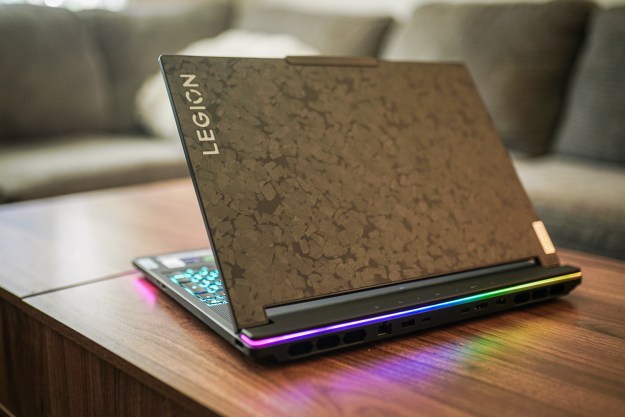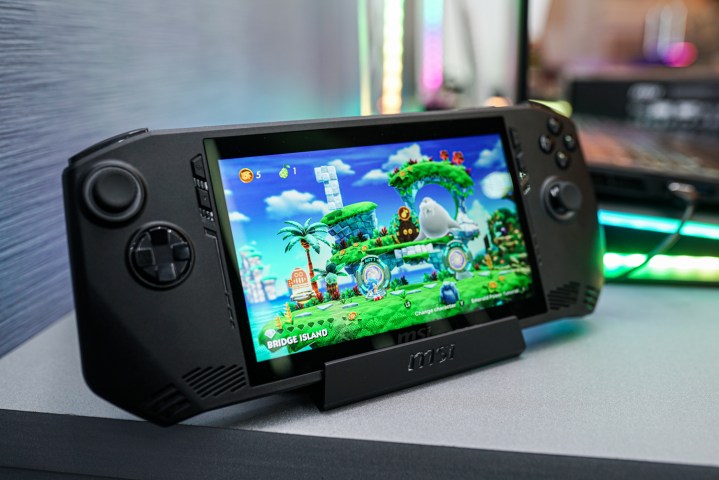
MSI is entering the handheld arena, and its debut is more significant than you might think. The MSI Claw doesn’t look dissimilar from the Asus ROG Ally or even the Steam Deck OLED, but the specs underneath mark a significant departure for handheld gaming PCs.
I had a chance to try the device at CES 2024, and it’s definitely a contender. Bolstered with a new chipset, a comfortable design, and software designed to tackle the issues with Windows on a handheld, this might be the portable gaming PC to buy this year.
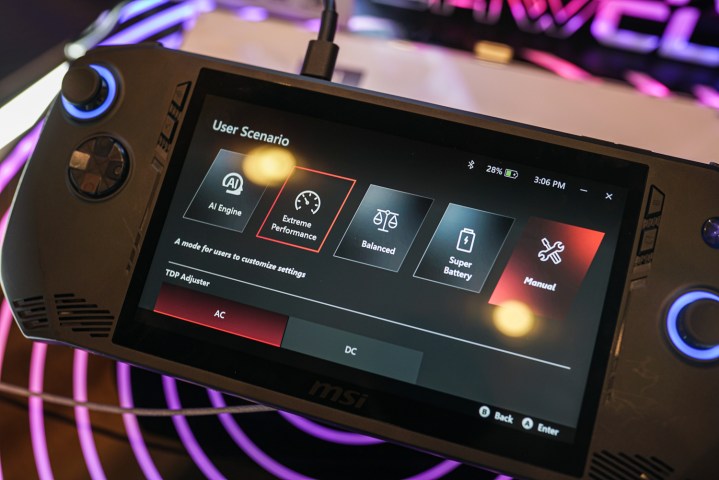
The most significant difference with the MSI Claw is the chip it’s using. Basically every handheld we’ve seen over the past year uses an AMD chipset (usually the Ryzen Z1 Extreme), but MSI is introducing Intel to the world of handhelds. This device includes the Core Ultra 7 155H, which is a 16-core chip from Intel’s new Meteor Lake lineup.
It has a ton of CPU cores, but the Core Ultra 7 155H transforms into a gaming device with the integrated Arc graphics. The Claw piles on top of that with built-in Intel XeSS support, allowing you to boost the performance of demanding games with AI super resolution.
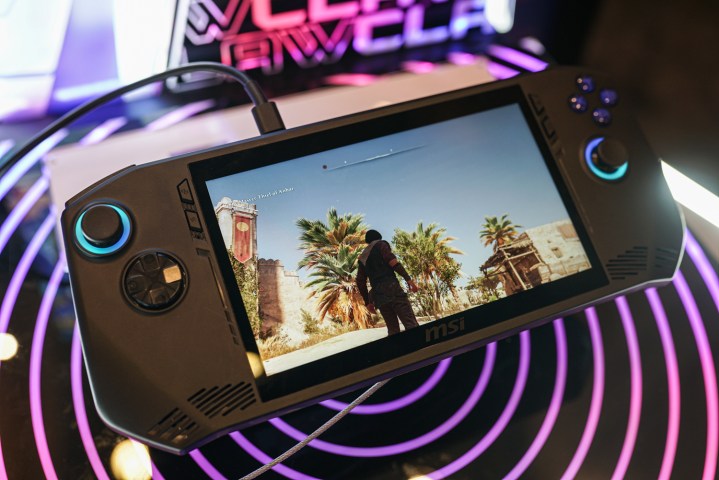
I only had a chance to test a couple of games — Assassin’s Creed Mirage, which appeared to run at around 30 frames per second (fps), and Sonic Superstars, which was smooth enough that it could’ve been at the full 120 fps that the screen can display. Notably, I didn’t find a frame rate overlay in the menu.
Of course, peak performance is only one aspect of a handheld gaming PC. MSI says it focused on battery life with the Claw, packing in a 53 watt-hour battery that it says is capable of two hours of battery life under a full load. That may not sound impressive, but it’s about 25% higher than what we’ve seen with devices like the Lenovo Legion Go.
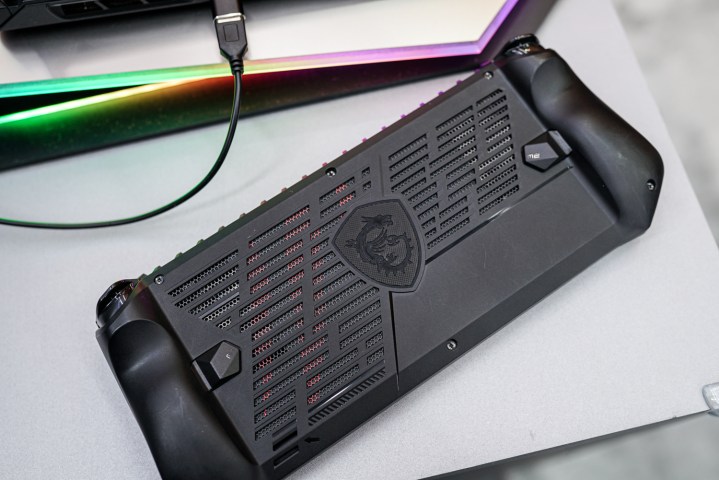
The thermal solution is interesting, too. The entire back of the Claw is covered in mesh vents, helping the device stay cool and quiet under load. And sure enough, in my demo, the Claw was both cool and quiet. I’ll need to see the handheld in action outside of the CES show floor, of course, but it’s impressive based on early impressions.
In the hand, the Claw is most similar to the ROG Ally. It’s mostly flat, so you grip it between your palms to keep it steady. This is unlike the Steam Deck, which has chunky handles, as it allows you to grip it in your hands rather than bear the weight on your palms. I prefer the Steam Deck’s approach, but the MSI Claw is far from uncomfortable.
It’s not quite on the same level as the ROG Ally, however. MSI’s handheld is a bit heavier at 675 grams (the ROG Ally is 608 grams). It would be hard to feel that weight outside of a side-by-side comparison, but it might add up over an extended gaming session.
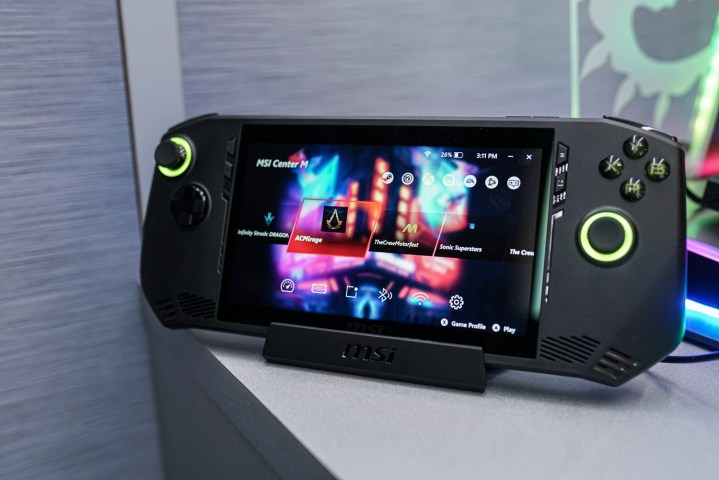
The basis of the Claw is Windows 11, but MSI layers on top of it the redesigned MSI Center M. Here, you can manage the various aspects of the device like fan speed, peak power, and refresh rate, and you can also install and launch your games, keeping you off the Windows desktop. One unique aspect MSI has over other handhelds is that you can install Android games through MSI App Player, which is also included.
MSI says the unit I tested was an engineering sample, but it felt surprisingly snappy. The handful of games installed on it launched immediately, and the dedicated buttons for MSI Center and the game overlay popped up in less than a second. It felt remarkably smooth, but the quirks of laying software on top of Windows usually appear after some extended time with a device.
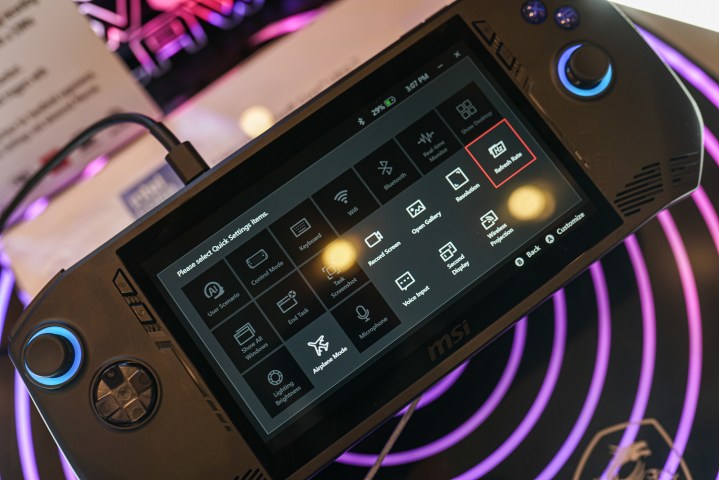
The options are all here, though. MSI has a customizable overlay where you can toggle the resolution and refresh rate, change your performance mode, end a task, and much more. It’s remarkably similar to the ROG Ally — so much so that you could say it’s next to identical. That’s a great device to mimic, but MSI isn’t bringing much new to the table on the software front.
The Claw has an impressive screen as well, though it doesn’t hold up quite as well in the face of the Steam Deck’s OLED. It’s a 7-inch, 1080p display with a refresh rate of 120Hz. It looks basically identical to the ROG Ally’s, which is to say that it’s impressive, though not on the level of a proper OLED panel like the Steam Deck now has.
I appreciate the higher resolution and refresh rate, but I’m not sure if most games will be able to take advantage. This is still a mobile chip inside the Claw, so even with the help of XeSS, I doubt you’ll be able to hit 120 frames per second (fps) at 1080p in more demanding titles. It’s nice to have for smaller games like Hades, however, where high frame rates and resolutions are a breeze.
Elsewhere, the MSI Claw supports Wi-Fi 7 and Bluetooth 5.4. I suspect most people don’t have a Wi-Fi 7 router quite yet, but it’s still nice to see forward-looking support. Wi-Fi 6E has provided a massive boost to game download times on the Steam Deck, and the MSI Claw only takes that further.
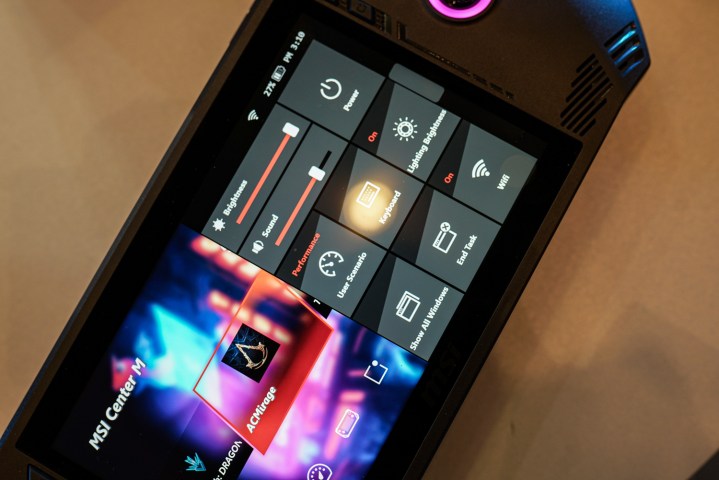
MSI says it will have three versions of the Claw — one with a Core Ultra 5 and 512GB of storage for $700, and two models based around the Core Ultra 7, with 512GB or 1TB of storage for $750 or $800, respectively. That’s pricey, so we’ll need to wait until we’ve had a chance to benchmark the device to see if the Intel chip has what it takes to hang with the more cost-effective Steam Deck and more established ROG Ally.
We won’t have to wait long. MSI says it expects device to be available sometime in the first few months of the year — my guess is around March.
Editors' Recommendations
- MSI Claw slammed as ‘impossible to recommend’ in early review
- Anything is possible in this new era of gaming monitors
- LG’s new OLED monitor does 4K — and so much more
- The best monitors we saw at CES 2024
- The best PC hardware we saw at CES 2024






